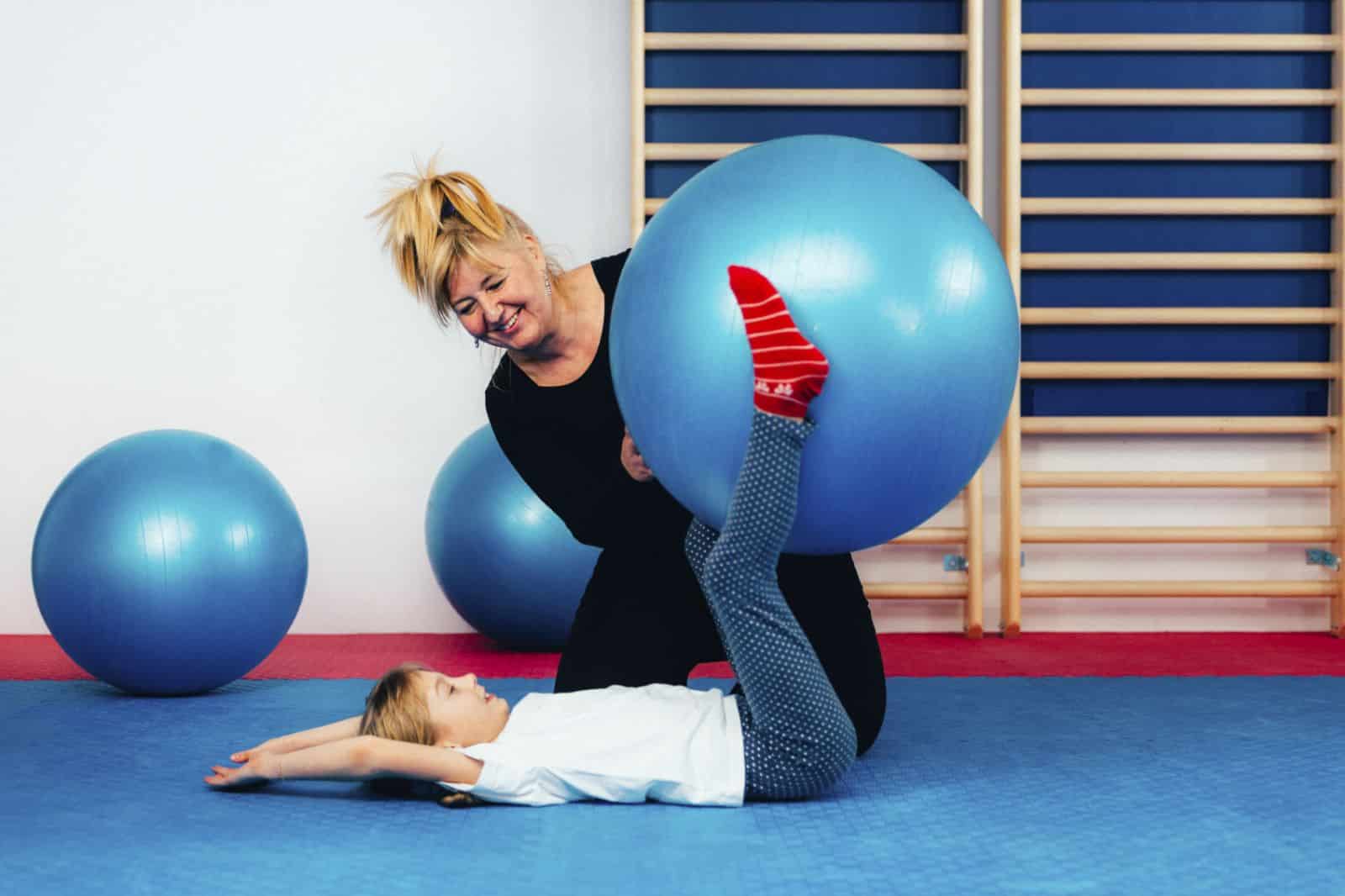12
Oct
Success Stories
Interactive Metronome Successes!
IM helps clinicians and patients track and achieve their goals!
Pediatric Success Stories!
ADD/ADHD
Autism Spectrum
Auditory Processing Disorders
Learning Disabilities
Sensory Integration Disorders
Speech Language Disorders
Communication Impairments
Nonverbal Learning Disabilities
Early Intervention
Cerebral Palsy
Brain Injury
Confidence / Esteem
Motor Impairments
Amputee
Anxiety
Dyslexia
Dyspraxia
Oppositional defiant...



